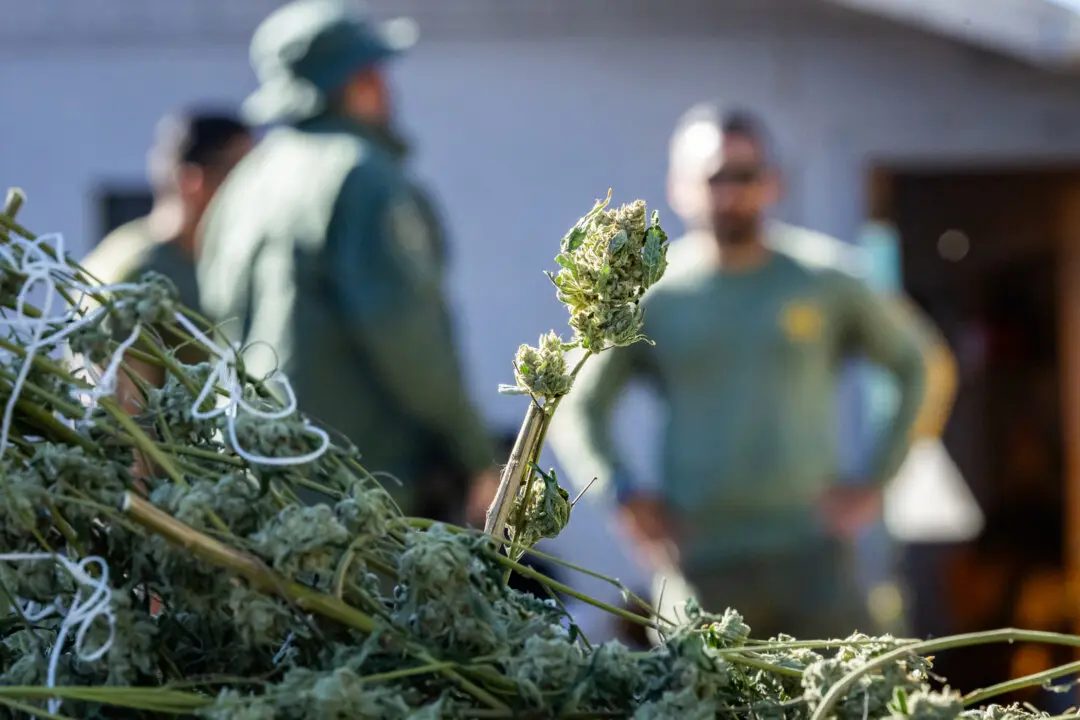SAN FRANCISCO—Tom Wolf, a recovering heroin and fentanyl addict, spent six months homeless on the streets of San Francisco’s notorious Tenderloin district in 2018.
He was arrested several times for drug possession and other offenses and eventually went to jail for three months before going to a six-month inpatient treatment program.





